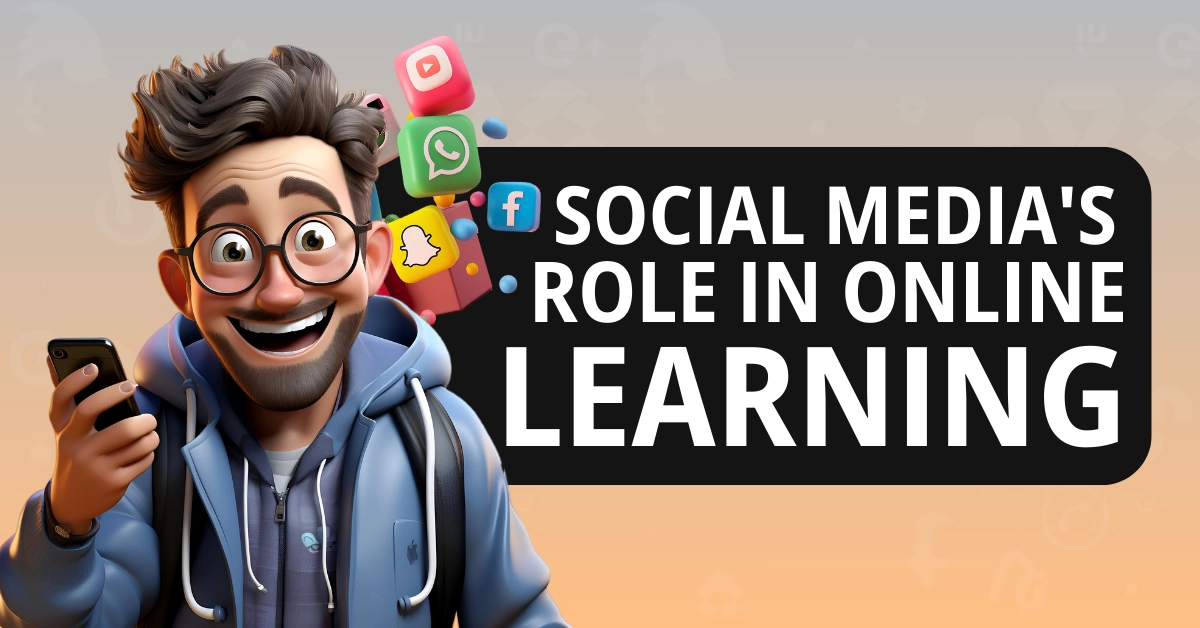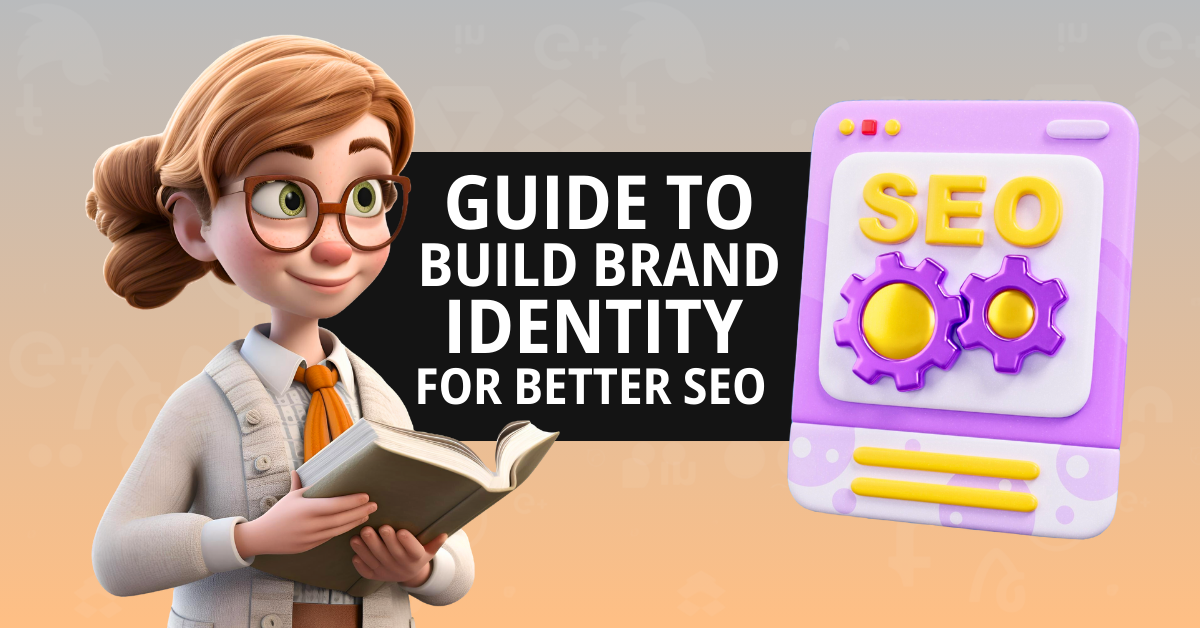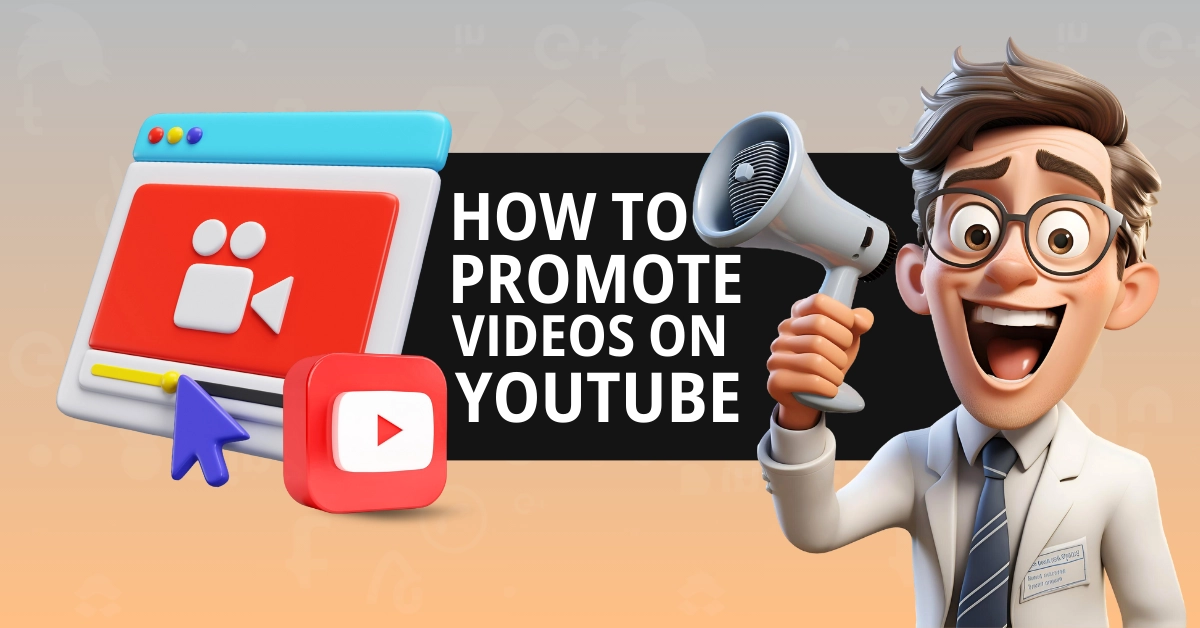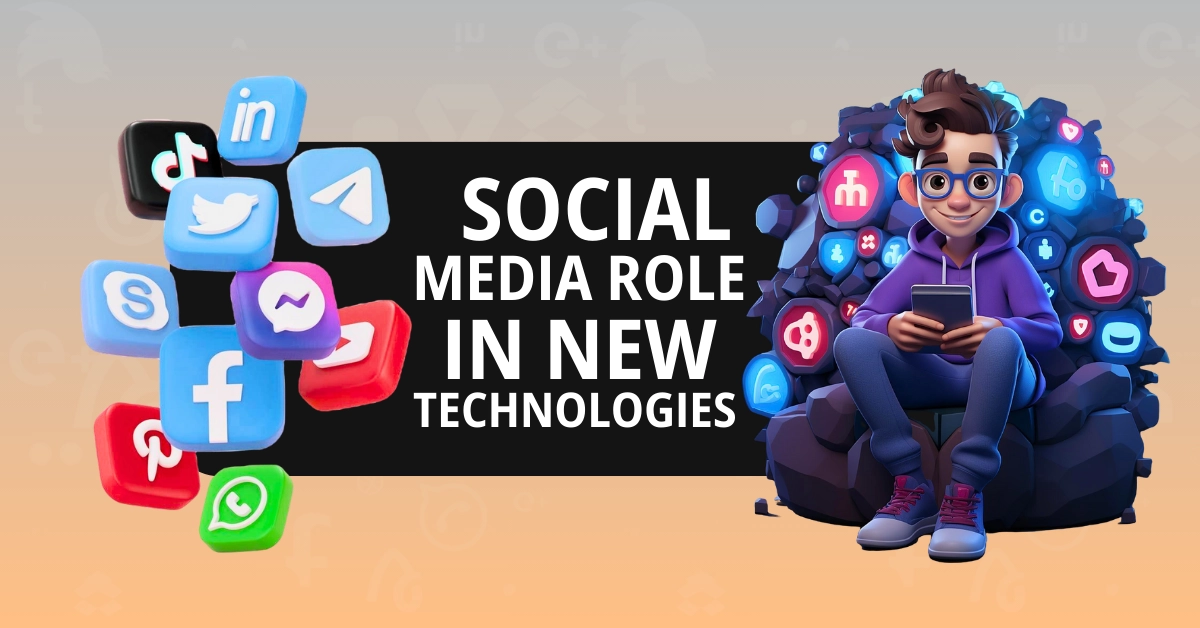The Industrial Revolution was a revolution in energy, and its production and use. Nowadays, we are living through a different kind of revolution, one of communication and information.
Even people in their 30s and 40s can remember when the world looked different. The internet, phones, computers, and social media have changed the online environment and society.
Everything in life is tied to a screen these days. Stores, banks, government records, and almost everything take advantage of and use the breakthroughs in information technology.
Learning, until the recent COVID outbreak, has been remarkably unable and unwilling to change and integrate modern technology. Learning through social media is mostly seen as a “if we are forced to do it, we will” circumstance and not an opportunity to be cherished.
There are concerns with implementing and integrating modern tech sites into education, and we will also look at those reservations. So, let’s take a look at the Pros and Cons of integrating social media in education.
Reservations and Eventual Problems
Let us first analyze why some educators may be reluctant to adopt social media platforms for educators.
The most obvious answer would be that social media is not designed to be used in that context. Although they may seem like simple sites, these pages are very well designed to get clicks. Everything from the formats, colors, and algorithms tries to be as addictive and distracting as possible.
For most, it takes an iron will just to stay on subject and not browse content that is not related to learning. Even platforms such as LinkedIn, which are designed mostly for the business world, are being used to socialize, update, and have debates. Similarly, when engaging with online math courses for kids, there can be a temptation for students to drift towards unrelated content.
This is not a tool meant to focus on learning.
In addition, social media websites can literally short-circuit the brain. The natural cycle of motivation involves wanting something, thinking about it, planning how to get it, executing that plan, and finally getting the results.
With the internet, in general, the gratification is instant. There’s no waiting around, no inputting effort.
As a result, slowly but surely, we are training our minds to not have to wait. And, considering that brains work by a “use it, or lose it” mechanism, our ability to pay attention, focus, and discipline ourselves to work is getting eroded and whittled down.
The fears of educators are well justified. Students are not even doing their homework anymore. For example, they can go to the Jerusalem Post, learn about an essay writing website, and have someone write their papers in their stead.
What Social Media Does Best
Now that we’ve addressed the elephant in the room let’s look at the advantages of using social media as a learning tool.
These sites were designed, first and foremost, as mediums for communication. And this is what they do best.
In the past, even with the most high-quality and expensive schools, there was an inherent latency of communication. If you had questions, for example, you had to wait until you saw your teacher again. Communication with classmates was also more tenuous, as it was hard to get a hold of people if you didn’t live in the same dorm.
Sure, phones existed, but phone calls are perceived as being more bothersome and invasive. It’s one thing to call someone on their time off, and they may not be in the mood to help you or answer questions. While it’s another way to DM a question, they will get back to you when they can.
Also, things like schedule changes were harder to communicate. Nowadays, using social media, everyone can know in a matter of seconds.
Other Benefits and Advantages
1. Aspirational Quality
Social media in schools can damage others’ self-esteem. This is a very well-known phenomenon.
People don’t post their boring, day-to-day lives online. Either they post something work or school-related, or they post highlights from their personal lives.
This can have a negative effect, as you are seeing everyone at their best. “Everyone is having more fun than me”, “Everyone is graduating”, or “Everyone is in a happy relationship”. Students have to learn to discipline their perceptions and thoughts, to realize that these are just highlights. You are seeing 30-second snapshots of a 24-hr.day.
However, this goes both ways. These highlights can also prove to be aspirational. On social media, you can see people similar to you, from the same background, who have succeeded in life.
You can see graduations and career paths and get advice.
Usually, successful people can’t shut up about their success. And bragging aside, there are many lessons to be learned from those who climbed the ladder.
2. Breaking Down of Social Barriers
It used to be the case that if you worked for a company, you had almost 0 chances of meeting the higher management. In general, people from different social classes were not able to talk to each other. They shop in different stores, have different friends, and attend different gatherings. The only place students could even see that higher-up would be in traffic.
Social media has an equalizing force. You could message the CEO of your company right now. For those who are born after 2005, this is no big deal. Yet, it is an astounding fact of online interactions with social media platforms.
In the past, you had to go through the proper channels, endless secretaries, and chains of escalation, and then maybe you would get an appointment.
It’s not uncommon to see some very rich and influential people interacting with students and working-class people on social media. This ease of communication stands to improve everyone’s social mobility.
3. Metadata
It is very hard to find out the shape of a city or a country, just by walking around. However, if you go up in the air, and see everything in perspective, the shape is easy to make out.
This is true, also for social media. The behavior, language, and learning patterns of a single student may tell you something about a larger trend, or it could not. It’s very hard to see what works and what doesn’t, because everyone responds differently.
Still, if you get data from hundreds of students over the course of dozens of years, an obvious picture is painted. Social media education for students makes behaviors, inputs and outputs, and results easier to track and catalog.
Metadata analysis can reduce wasted time and effort for both the teachers and the students.
Conclusion
A knife is a tool. You can use it to cook or to hurt someone. And the better the tool is, the more dangerous or beneficial it can be.
So too, is social media. It is true that it is mostly misused in a recreational manner. But the potential vastly outweighs the negative consequences. Young people need to be taught to use the tools of the digital age to their advantage in the context of an ever-changing global economy and job market.









